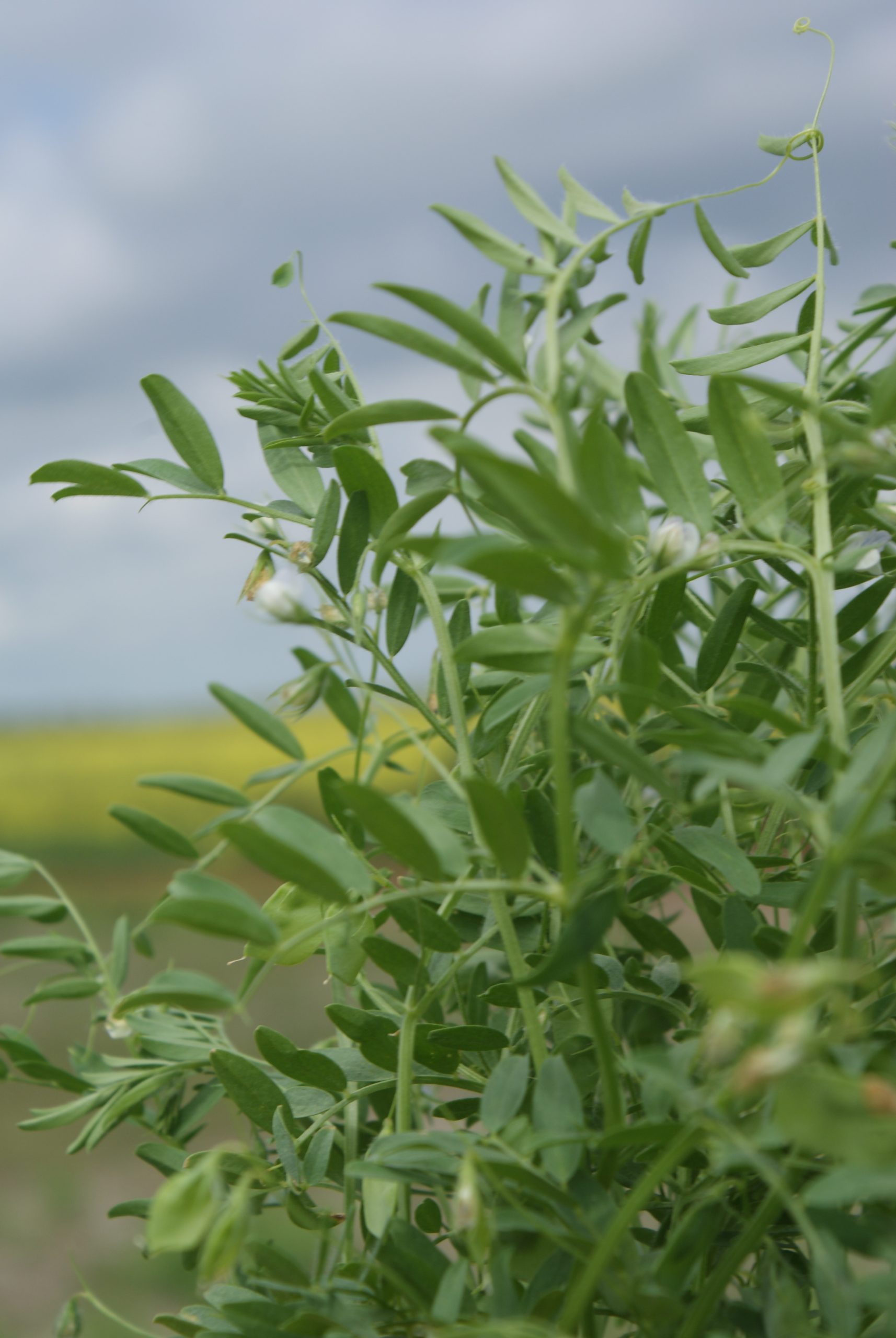| Companies working on healthier product
NEW ORLEANS, La. — Consumers will soon be able to have their fish without eating it.
Dow AgroSciences is developing a new line of high oleic canola enriched with docosahexaenoic acid (DHA) and eicosapentaenoic acid (EPA), two omega 3 long chain fatty acids found in fish such as herring, mackerel, salmon, tuna and trout.
“Half the fat in our brain is DHA, and your body can’t make it, and over 80 percent of the fat in your eyes is DHA, and your body can’t make it,” said Dave Dzisiak, commercial leader of grains and oils with Dow.
Read Also

Genetic resistance for anthracnose is on the way
anthracnose resistant lentil varieites are on the way according to Ana Vargas, University of Saskatchewan lentil and chickpea breeder. She also shared some management methods for the anthracnose in lentils.
“You have to take it in through your diet, and I guarantee you’re not eating enough.”
Seed technology companies have figured out how to incorporate those desirable fatty acids into oilseed crops.
Dow has teemed up with Martek Biosciences Corp., which produces DHA from algae through a fermentation process.
Dow took a gene set from the DHA- and EPA-producing algae and inserted it into canola to create a plant that produces both omega 9 and omega 3 oils.
The gene set makes both DHA and EPA, but the ratio is more heavily tilted toward DHA production.
“It’s a very exciting project,” Dzisiak said in an interview at the 2014 Oilseed & Grain Trade Summit.
“(The varieties) are in field trials today, and we’ve got really good confirmation that we can do it. We’re well along the development path.”
He believes there will be a big market for the product because it is a clean oil with a light taste free of any fishy flavour that provides powerful benefits for the heart, brain and eyes.
Governments have mandated that DHA be supplemented into infant formulas to encourage proper neurological development.
The oil can also help an aging population maintain its cognitive ability.
“If we ate the recommended amount of DHA, there wouldn’t be a fish left in the ocean, so we need to find a new, more sustainable source for it,” said Dzisiak.
“Putting the trait into crops is the way to do it.”
He estimated that demand for crop-based DHA would require less than one million acres of cropland.
Dzisiak wouldn’t divulge how close the new line of canola is to being commercialized for competitive reasons.
However, he said some elements of the new genetically modified trait have already been submitted to government regulators for review.
“We’re talking about it publicly, so it’s more near than it is far,” he said.

















